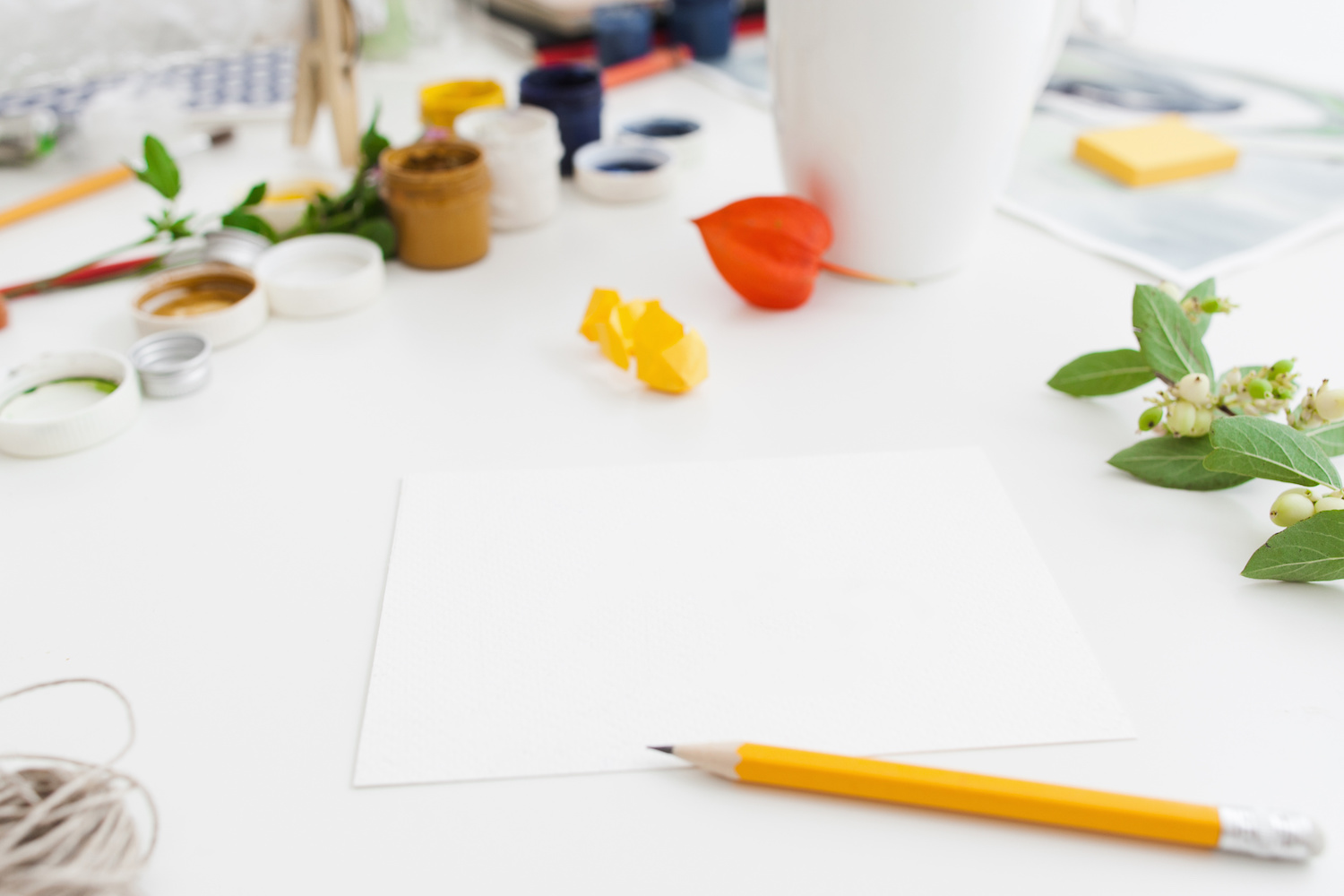Mentor Roadmaps - Mentor Tips for Student Sketches and Drawings
It’s About Really Seeing

If students on the team you are mentoring provide drawings, count yourself lucky. There is growing documentation about the value of drawing to learn in science.
A recent 2011 article by Ainsworth and colleague is a helpful starting place if you are interested in a synopsis of the evidence-based research. In a nutshell, the act of visualization requires students to observe, integrate understandings, compare, and reason, therefore enhancing a student’s ability to think about and discuss scientific concepts.
However, as a mentor you might be unsure how to provide feedback on the student drawings. Drawings are visual representations of observations and ideas. Comments that would apply to graphs will apply to drawings: are labels used appropriately, do the data graphed “tell a clear story”?
Example comment
“Good answer and excellent drawings! The drawings show good details of the rhizoids and the first green tissue.
A picture really is worth a thousand words. A hand drawn picture is worth even more because the drawer can choose to include many details that would require dozens of photographs to record. If not already, you will soon find that drawing your observations is really important in botany and the life sciences.
I remember from histology class in college, that drawing all of the specimens was a good way to prepare for the exams.”
Just as students often need support as they learn to properly arrange data for display and label x- and y-axes, they need supports in preparing and describing drawings. Students new to drawing in science classes will likely not automatically think to include a size scale or magnification if observations were made using a microscope. That’s okay – a well placed question or comment can allow the student recognize for themselves the value of this information far more effectively than the student being reminded before hand “be sure to include a scale.”
See the Student Sketching and Teacher Sketching guides for this stage.
Tips for Mentors
- Recognize the positive aspects of the illustration, e.g., Did the student notice and record key features that address the task at hand?
- Encourage students to reflect on what would make the drawing more informative.
- Connect the student experience to the broader science endeavor.
Do you sketch or draw in your lab notebook or field journal? Do you doodle diagrams of your science ideas on a napkin? Consider sharing your own drawings if you have them.